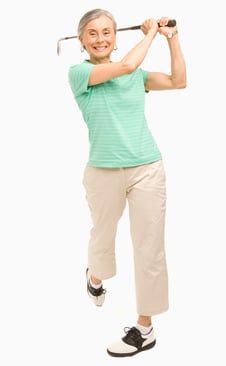 Most folks who have ever participated in balance training know that most exercises seem to involve only the legs. While it is important to focus on our lower extremities during our training, it is important to incorporate the use of our arms for more functional and effective training. Why? Because this will have more real-world applications! For example, practicing single leg stance is important for improving balance but most of us are not going to be in a situation where we must stand on one leg for an extended period of time. We will, however, be shifting our weight from one leg to another, swinging our arms like we do when walking, taking the stairs, dancing, or cleaning the house in real world daily activities.
Most folks who have ever participated in balance training know that most exercises seem to involve only the legs. While it is important to focus on our lower extremities during our training, it is important to incorporate the use of our arms for more functional and effective training. Why? Because this will have more real-world applications! For example, practicing single leg stance is important for improving balance but most of us are not going to be in a situation where we must stand on one leg for an extended period of time. We will, however, be shifting our weight from one leg to another, swinging our arms like we do when walking, taking the stairs, dancing, or cleaning the house in real world daily activities.
So here we hope to provide you with a few balance exercises to consider for a more functional exercise for day-to-day fitness!
- Weight shifts with rotation (golf)
- Stand with feet shoulder width apart with right hand on a chair or balance bar.
- Raise left hand overhead with slight bend in knees.
- Slowly hinge at the hip and bend down, bringing your left hand to the right knee.
- Slowly rise back up, raising left arm overhead, rotating your shoulder, head, and hips, pivoting the right foot. Most body weight should now be on your left leg. This movement should almost mimic a golf swing.
- Repeat 10 times, and switch sides.
- Step/lunge with rotation (walking)
- Stand 6 inches or so away from a wall, facing the right.
- Step forward with the left foot initiating a step or lunge.
- Extend right arm forward, turn to the left, and touch the wall.
- Rotate back to facing forward, stepping back to the starting position.
- Repeat 10 times, and then switch sides.
- Hip hinge with overhead reach (stocking shelves)
- Stand behind a chair with feet slightly wider than hip width.
- With slight bend in the knees, hinge at the hip forward until hands are at or just below knee level.
- Stand back up slowly and bring hands to your chest.
- Press both hands over head as if you were putting something up in a cabinet.
- Bring hands back down and repeat.
- Use a weight or a ball for a more realistic experience!
- Single Arm Standing resistance band rows (walking the dog)
- Attach a resistance band to an anchor point (balance bar or door handle)
- Stand back to put tension on the band and set feet just wider than hip width.
- Maintain posture keeping your shoulders down and elbows in as you row. Make sure to avoid trunk rotation.
- Repeat 10 – 12 times and repeat on the other side.
- Farmers carry (carrying groceries)
- Grab 2 heavy dumbbells (heavier than what you would normally use for biceps curl).
- Stand tall with good posture, shoulders back, core engaged, and a dumbbell in each hand.
- Walk at a slow and controlled pace around a room or down a hall with a flat even floor, and nothing in the way.
- Perform this exercise for laps or for time (20-30 seconds for beginners and up to 1 minute or more for advanced).
These are exercises that can be done with little access to fitness equipment, but we still recommend connecting with your fitness professional to make sure you are completing them safely. All these mentioned can be modified to fit your abilities and what is more important is that all these exercises can be translated into real life activities.
Keep in mind, this is all about “functional” balance. While not all exercises are labeled as functional, they are still beneficial. For example, leg presses are great for building strength in the lower body, but they do not address balance specifically. Knowing why certain exercises are functional is also a great way to keep your fitness routine engaging, because now you know why you are performing a certain movement, and how it will apply out outside of the gym!
Interested in learning more to help your residents stay fit with functional fitness? NIFS Fitness Management includes 1-1 services and group programming that can help make sure your residents fitness program keeps them engaged in the things they love to do! Contact us for consulting opportunities.


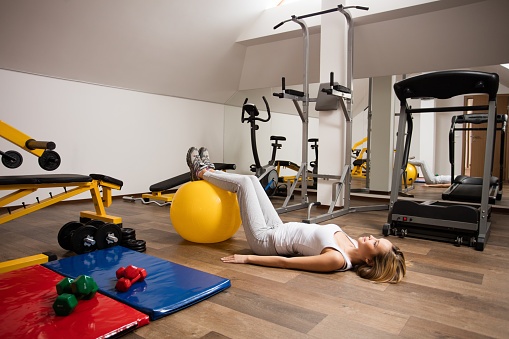 Open 24 hours a day, no membership fees, and no commute; this is what you have to look forward to after you complete your at-home gym! This can be an exciting time, but also overwhelming if you don’t know where to get started on your quest to exercise at home.
Open 24 hours a day, no membership fees, and no commute; this is what you have to look forward to after you complete your at-home gym! This can be an exciting time, but also overwhelming if you don’t know where to get started on your quest to exercise at home.
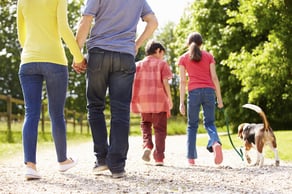

 Circuit workouts are a great way to incorporate many exercises, using cardio, strength, or a combination of the two. Changing up stations throughout the workout will help increase your bouts of cardiovascular activity to increase your heart rate. You can either choose to use time as an interval or a set number of repetitions. Don’t dilly dally and move quickly from one exercise to the next, only resting after each full round is complete. Try for at least two rounds, if not three.
Circuit workouts are a great way to incorporate many exercises, using cardio, strength, or a combination of the two. Changing up stations throughout the workout will help increase your bouts of cardiovascular activity to increase your heart rate. You can either choose to use time as an interval or a set number of repetitions. Don’t dilly dally and move quickly from one exercise to the next, only resting after each full round is complete. Try for at least two rounds, if not three. 

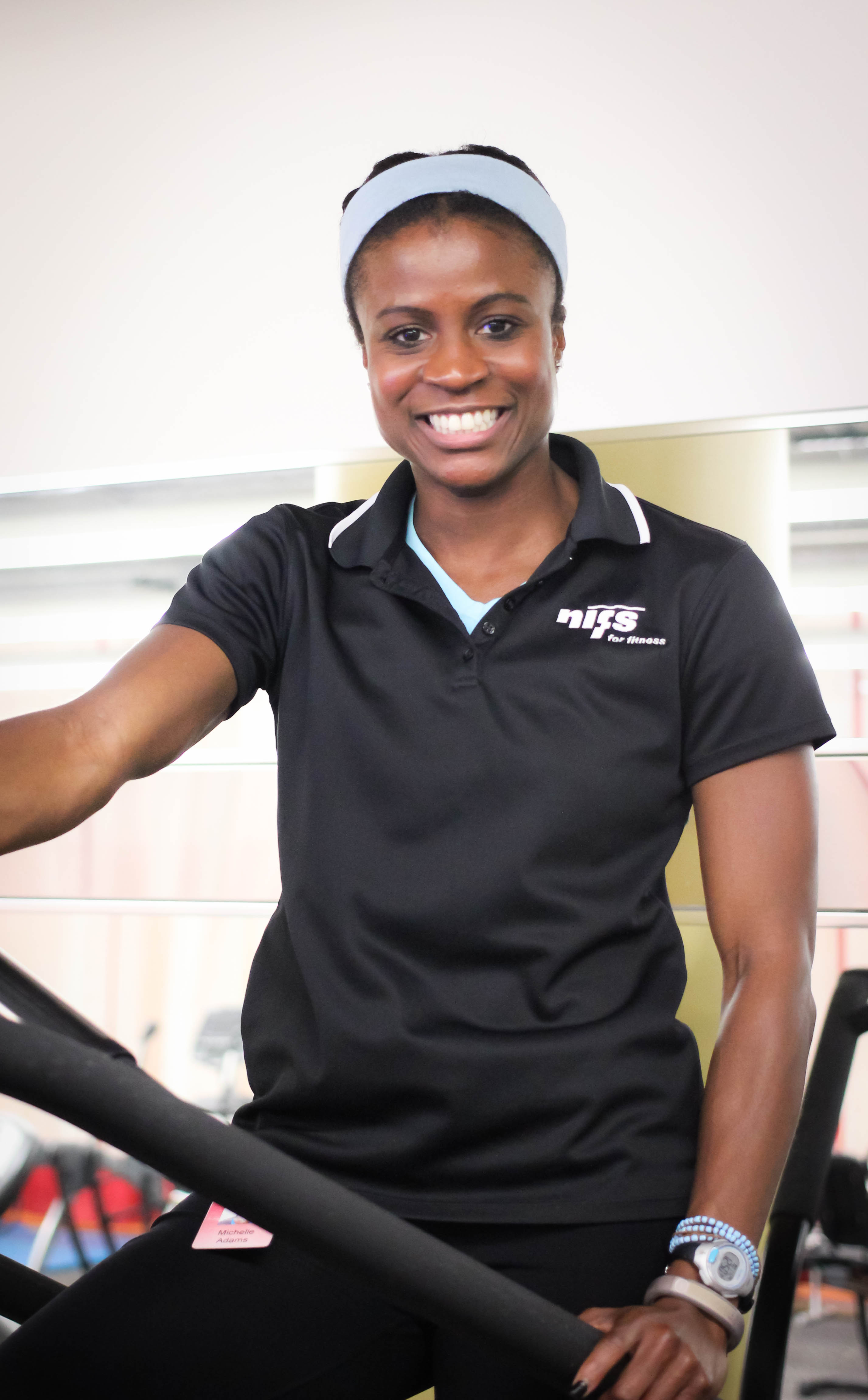 Michelle Adams is a corporate fitness manager in Indianapolis. She began working for
Michelle Adams is a corporate fitness manager in Indianapolis. She began working for 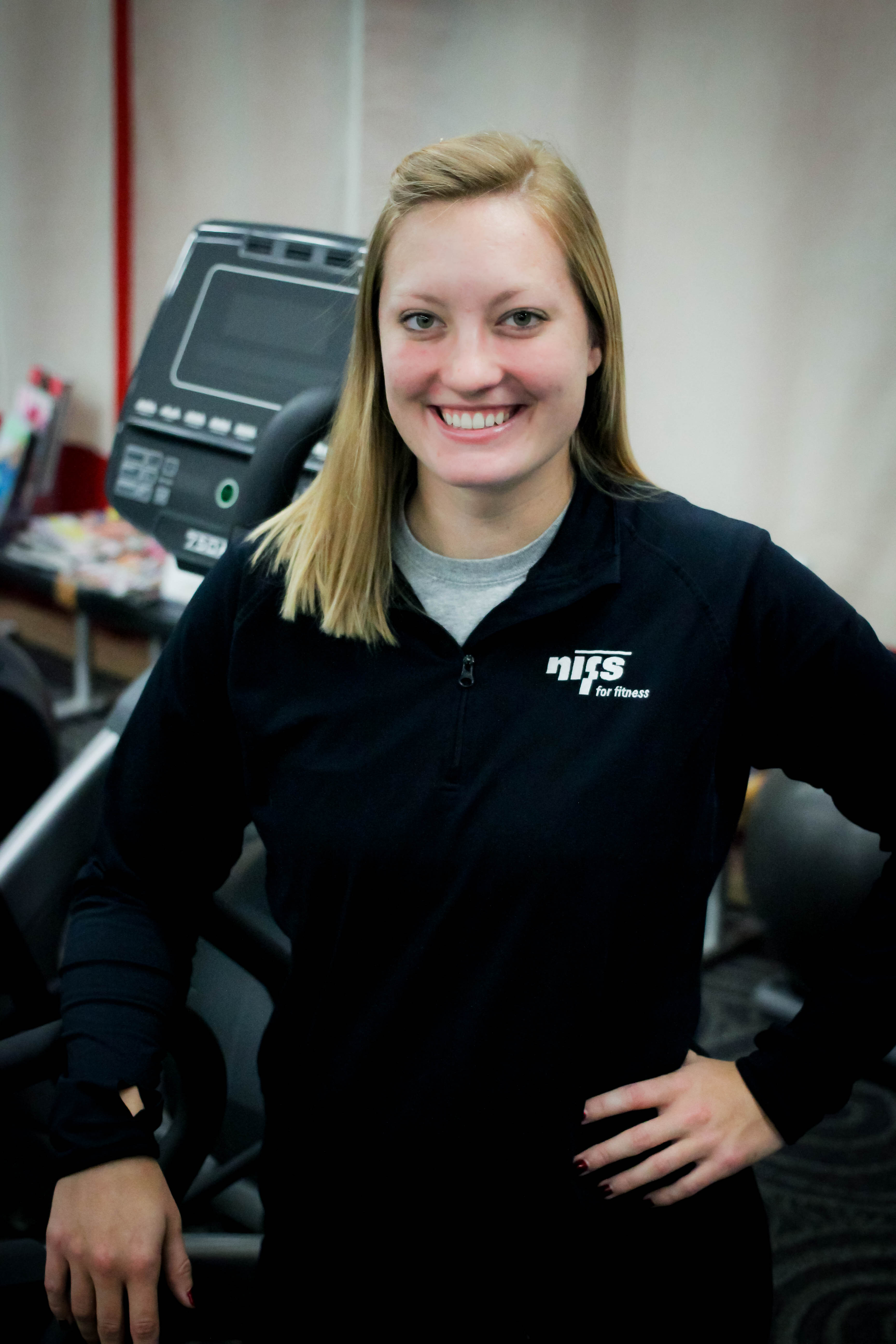 location in Indianapolis. She began with NIFS fitness management shortly after completing her internship with NIFS, Stephanie loves the variety that comes with the corporate fitness setting. She is able to teach classes, personal train employees, and implement health promotion programs. Her favorite part of the job is making those special connections with members to help engage them and keep them coming back. Stephanie is currently certified through the
location in Indianapolis. She began with NIFS fitness management shortly after completing her internship with NIFS, Stephanie loves the variety that comes with the corporate fitness setting. She is able to teach classes, personal train employees, and implement health promotion programs. Her favorite part of the job is making those special connections with members to help engage them and keep them coming back. Stephanie is currently certified through the  Looking for new things to do with your spouse/partner, teenage child, best friend, or even co-worker? A partner band workout is a great way to get some physical activity, work on team building skills, and have fun all in one! Partner band exercises require muscle control from both parties, so you have to pay close attention to the speed and location of your partner. This workout can be done anywhere; hotel room, on the beach, at home, in your office or conference room, in the garage/driveway, etc. All you need is a band to fit your
Looking for new things to do with your spouse/partner, teenage child, best friend, or even co-worker? A partner band workout is a great way to get some physical activity, work on team building skills, and have fun all in one! Partner band exercises require muscle control from both parties, so you have to pay close attention to the speed and location of your partner. This workout can be done anywhere; hotel room, on the beach, at home, in your office or conference room, in the garage/driveway, etc. All you need is a band to fit your  I woke up one morning and my obliques were really sore and tender to the touch. I couldn’t figure it out because I hadn’t taught or taken a core class the day before at my corporate wellness site. Then it hit me that the only thing different I had done was sprints. I hadn’t done sprints since track practice, which was a long time ago, but I had no idea how much I use my core! I loved the feeling of my obliques being that sore, so I decided to start incorporating more sprints into my workouts.
I woke up one morning and my obliques were really sore and tender to the touch. I couldn’t figure it out because I hadn’t taught or taken a core class the day before at my corporate wellness site. Then it hit me that the only thing different I had done was sprints. I hadn’t done sprints since track practice, which was a long time ago, but I had no idea how much I use my core! I loved the feeling of my obliques being that sore, so I decided to start incorporating more sprints into my workouts.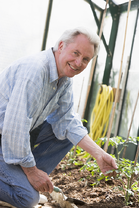 Gardening and lawn work are not only good for cultivating healthy and delicious food and beautiful landscaping, but they are great ways to stay active. Think about all the tools that are used for gardening and yard work: rakes, hoes, wheelbarrows, clippers, shovels, watering cans, and many more. The use of these tools requires the work of all major muscle groups, including your legs, arms, buttocks, stomach, neck, and back.
Gardening and lawn work are not only good for cultivating healthy and delicious food and beautiful landscaping, but they are great ways to stay active. Think about all the tools that are used for gardening and yard work: rakes, hoes, wheelbarrows, clippers, shovels, watering cans, and many more. The use of these tools requires the work of all major muscle groups, including your legs, arms, buttocks, stomach, neck, and back.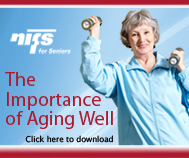
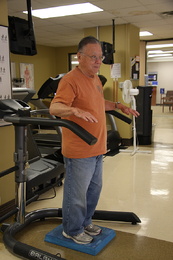 The number-one challenge that the aging population faces is balance because the number-one concern is
The number-one challenge that the aging population faces is balance because the number-one concern is 